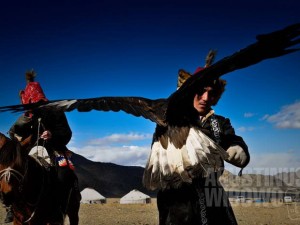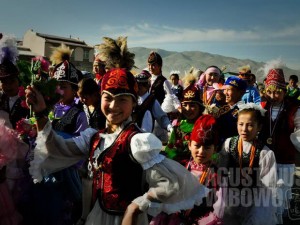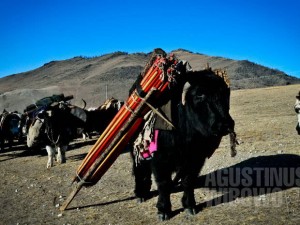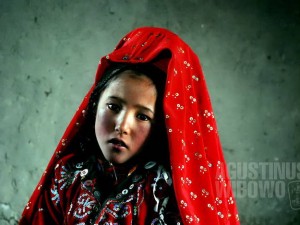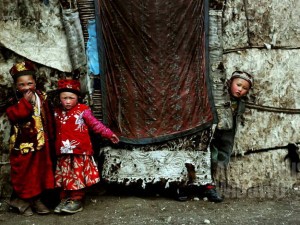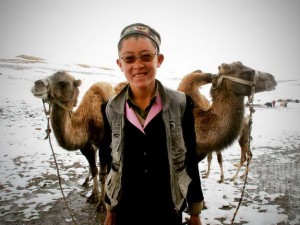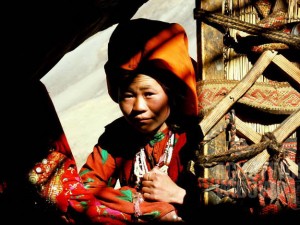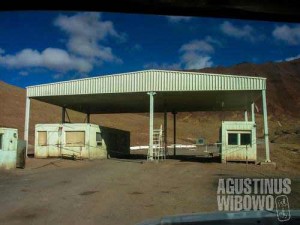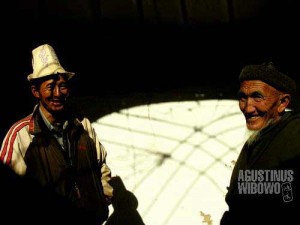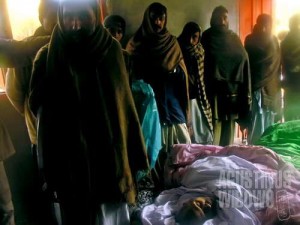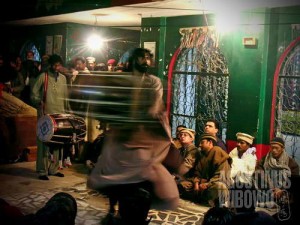#1Pic1Day: Agama Tradisional | Traditional Religion (Mongolia, 2009)
Traditional Religion (Mongolia, 2009) Buddhism was the main religious tradition in Mongolia, affected every aspect of life of the nation, including culture, politics, history and economy. Tibetan Buddhism spread massively in Mongolia during the 16th century. Seventy years of communism in the country during the 20th century has led to decreasing impact of Buddhism tradition among the Mongols. In recent years, though, Mongolia has witnessed the revival of Buddhism. Temples have seen more visitors flocking, and there are more youngsters choose to be monks. The government has decreed Buddhism as “traditional” religion. Recently, Buddhist leaders in the country have been struggling hard to survive amidst aggressive Christianization programs by foreign missionaries. Agama Tradisional (2009) Agama Buddha pernah menjadi tradisi religius utama di Mongolia, memengaruhi setiap aspek kehidupan di negeri itu, termasuk kultur, politik, dan religius. Penyebaran agama Buddha Tibet secara massal di Mongolia terjadi pada abad ke-16, dan sempat meredup selama 70 tahun komunisme di negeri itu pada abad ke-20. Dalam beberapa tahun belakangan, Mongolia mengalami kebangkitan kembali agama Buddha, ketika kuil-kuil kembali ramai, dan semakin banyak generasi muda yang menjadi biksu. Buddhisme ditetapkan pemerintah sebagai agama “tradisional”. Belakangan ini, organisasi dan pemuka Buddhis di negara itu harus berjuang keras [...]


